Heritage is about more than flags or old buildings
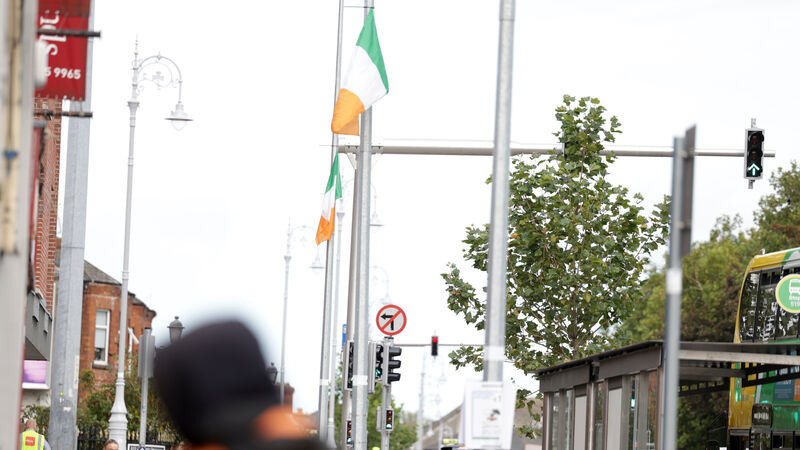
Tricolours in Dublin last month. The city council expressed concerns about their erection by anti-immigration campaigners. Heritage, like our tricolour, speaks to inclusivity. Photo: Leah Farrell/© RollingNews.ie
The meaning and use of Ireland’s national flag is in the spotlight. One positive that can be taken from this is that it is causing all of us to reflect on it, and what it represents.
Like the Presidential election campaign, these moments cause us to take stock of what it means to be Irish, and what our heritage means.
Of course, the tricolour is intended to symbolise inclusion and the hope for unity among this island’s diverse traditions. That was as relevant in 1848 when it was first flown in Waterford, as it is today, albeit for different reasons.
Different cultures have always shaped our shared heritage, just as Irish emigrants enriched the heritage of other countries.
Since the Heritage Bill was introduced by President Michael D. Higgins in Ireland 30 years ago when he was minister for arts, culture and the gaeltacht — leading to the establishment of The Heritage Council — the concept of ‘multicultural heritage’ has grown in significance.
HISTORY HUB
If you are interested in this article then no doubt you will enjoy exploring the various history collections and content in our history hub. Check it out HERE and happy reading
The blend of cultures contributes to society, and embracing an inclusive approach to heritage supports peaceful co-existence.
Three decades on, this is not the only way in which The Heritage Council believes our official definition of heritage in Ireland needs to be updated. Research we commissioned in 2023 showed that 83% of those surveyed believe intangible cultural heritage to be important, yet it’s excluded in our official description.
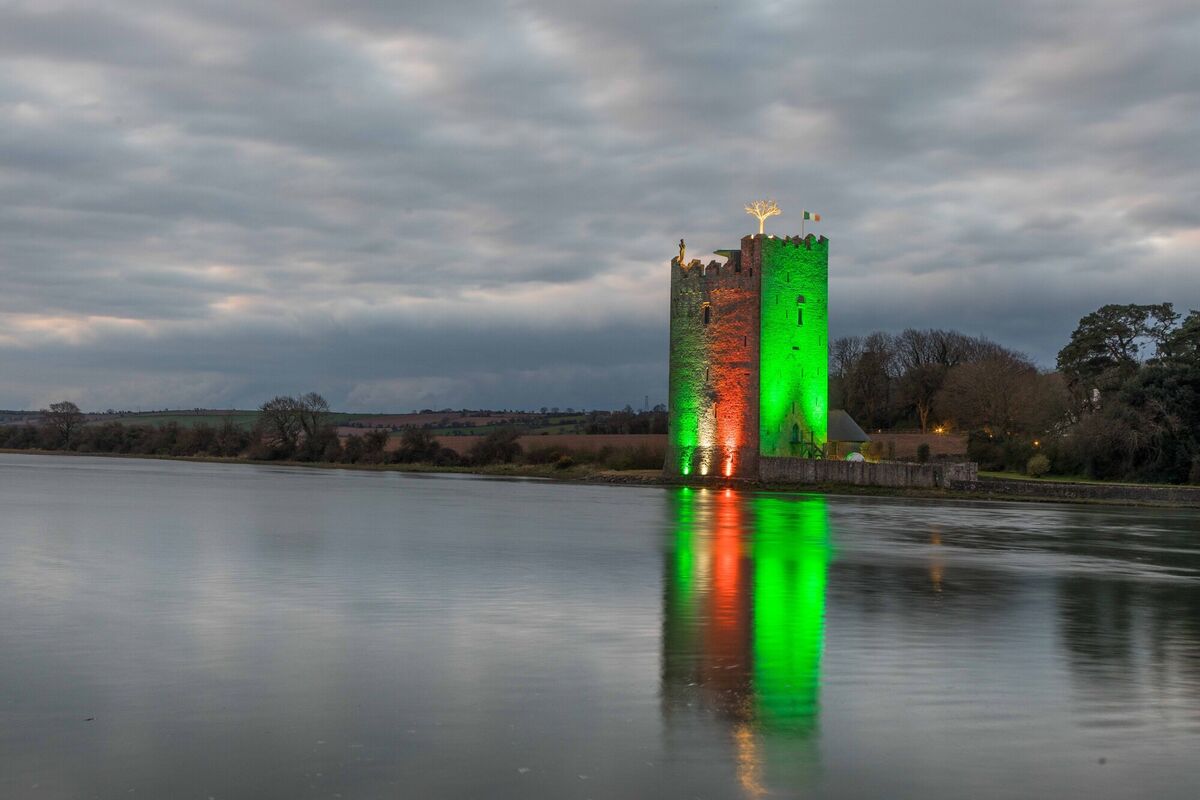
Ask anyone what “heritage” means, and the answers often circle castles, cathedrals, and cultural traditions. These are vital but tell only part of the story.
Heritage is also found in the less visible corners of our past: in ordinary people’s lives, in their voices, and in the fragile documents that connect us to previous generations. These stories, just as much as any monument, shape how we understand ourselves and how we pass on our history.
That is why the work of the Virtual Treasury of Ireland (VRTI) matters so profoundly. When Ireland’s Public Record Office burnt down during the Civil War in 1922, centuries of archival material were destroyed.
The loss was staggering: deeds, letters, maps, and records that showed the everyday realities of Irish life were gone. Now, through painstaking restoration and reconstruction, the VRTI is piecing together what was lost — drawing on digitised copies, transcriptions, and international archives to reimagine Ireland’s destroyed collections.
This is more than the recovery of paper; it is the recovery of memory. Every digitised record revives a voice that would otherwise remain silent. The rebuilt archive bridges the gap between tangible heritage — buildings and artefacts — and the intangible dimensions of lived experience, enabling us to see history as human and immediate.
The VRTI’s latest pilot project exemplifies this mission. In partnership with the Heritage Council, it is exploring the creation of a searchable digital archive of Poor Law Union records. These documents, detailing the administration of relief to Ireland’s poorest, offer a view into the hardships and resilience of the 19th and early 20th centuries across our island.
Working alongside local archivists from Limerick, Wicklow and Longford, the project is testing digital infrastructure that could make these invaluable records widely available.
Making local archives accessible is not an academic luxury, but a democratic necessity. It allows citizens to reclaim their personal histories, genealogists to trace family lines, and future generations to understand the social fabric that made Ireland what it is today.
In an age where data and memory can so easily be lost, the VRTI reminds us that heritage is a living resource that we must preserve and share.
Created under the Poor Relief Act of 1838, the Poor Law Unions were among the most comprehensive systems of local administration ever imposed on Ireland. Systematically mapped across the island, they formed districts centred on stone-built workhouses — buildings that remain dotted across the country today.
Their structure mirrors our modern local authorities and their sub-divisions, a reminder of how deeply the Poor Law system shaped everyday governance. Each Union was tasked with administering relief for the poor through medical aid, food, small donations, and ultimately the workhouse itself, a grim institution designed to deter all but the most desperate.
Financed by local taxation, an already strained system collapsed during the Great Famine. As workhouses overflowed, the poorest districts, least able to sustain themselves, were asked to carry the heaviest burden. The result was catastrophic.
What survives are the meticulous records of the Poor Law bureaucracy — minute books, registers, and surveys that tracked every individual, noting deaths and sometimes physical appearance. Some entries are coldly administrative; others are devastatingly raw.
One describes a woman as “destitute and blind”. Another contains a single, brutal word: “bastard”. Among these entries are thousands of individual stories.
In April 1846, an 18-month-old deserted child, Mary Connell, was admitted to Kilmallock Workhouse and soon discharged, though her fate is unknown. The same month, wardens from Bruree, including two men named Carroll, were appointed to the workhouse, hinting at possible connections to local families like that of Éamon de Valera.
These records are reminders of the poverty endured, the social judgments imposed alongside it, and the rich historical threads they weave.
Using advanced digital tools to transcribe 19th-century handwriting, the portal being piloted by the Virtual Treasury of Ireland (VRTI) opens the door for the wider public to search for names, places, and events long buried in inaccessible records. This could be the foundation for a national project that transforms our understanding of famine-era Ireland.
Such a resource would give voice to those silenced by poverty and loss and offers us a truer account of who we are.
This ambition makes the Heritage Council’s Seminar on Local Authority Heritage Practice, taking place on Wednesday, October 15, in the National Gallery of Ireland, more significant. For the first time, professionals across the spectrum of local heritage services will gather to reflect on recent developments, explore shared challenges, and strengthen collaboration.
The passing of Manchán Magan brought a flood of affection for his work and for what he championed: what he called “the rising connection people are feeling with the spirit, the lore and the land of Ireland”. That connection is not abstract — it is carried in our archives, landscapes, monuments, and traditions.
Local authorities are the custodians of this inheritance and embody our shared commitment to memory and place. This guardianship has been made possible by sustained Government investment, and the results are visible everywhere.
This work cannot be taken for granted. To meet the scale of the challenge, every local authority must be equipped with a full team of heritage professionals.
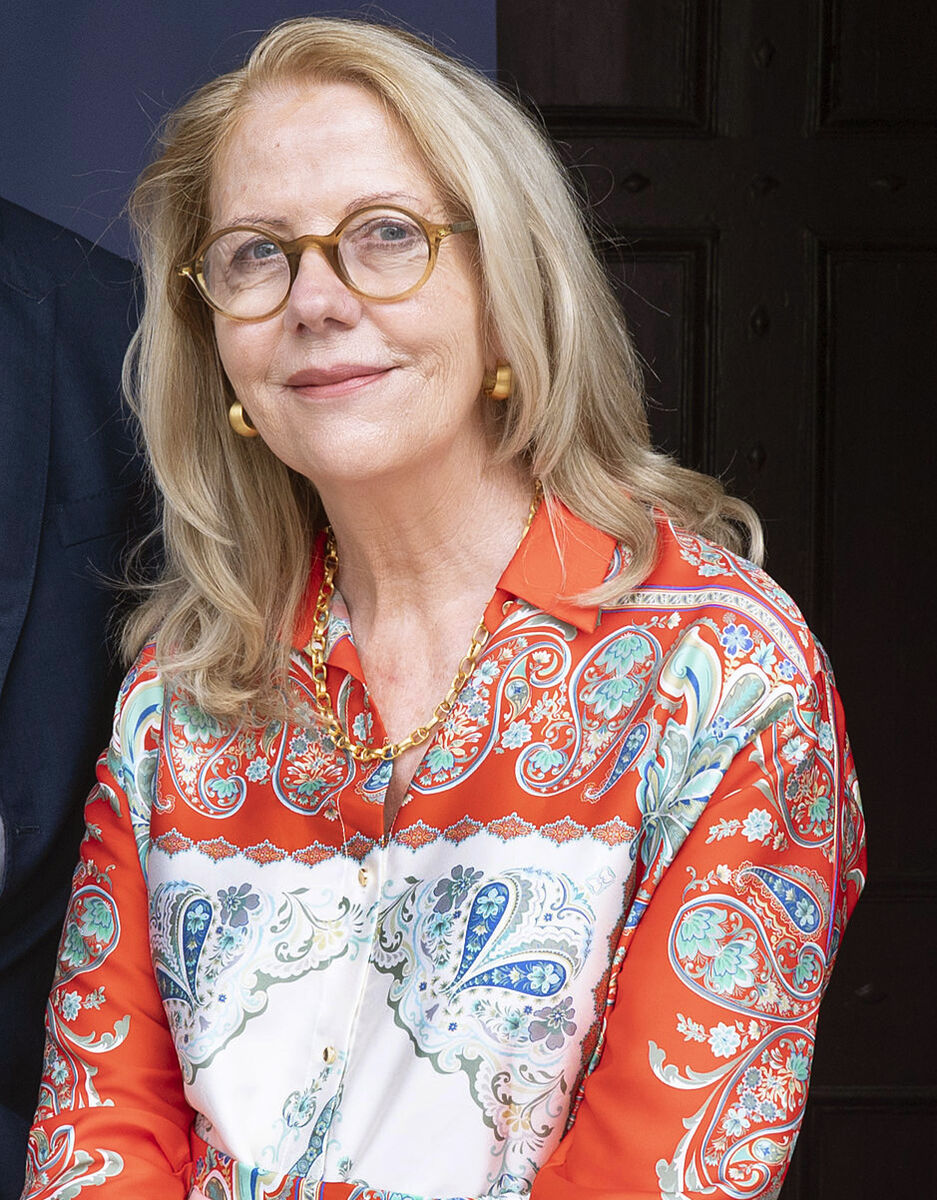
That means expanding the number of archivists to preserve fragile records; appointing more conservation officers to safeguard historic structures; strengthening biodiversity teams to protect vulnerable habitats; and ensuring archaeologists and collections managers are in place to protect artefacts, interpret sites, and care for the objects that carry our history.
Heritage, like our tricolour, speaks to inclusivity. It belongs to all of us, rooted in history and tradition, but alive to change. Protecting it means resourcing the people and institutions who hold it in trust for us all.
Without them, the chain of connection weakens. With them, it grows stronger, ensuring that Ireland’s heritage continues to inspire, to connect, and endure.
- Virginia Teehan is Chief Executive of the Heritage Council.



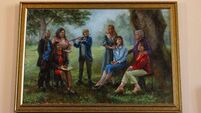
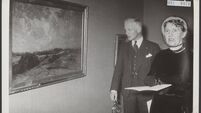


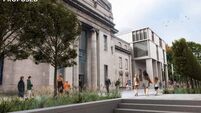

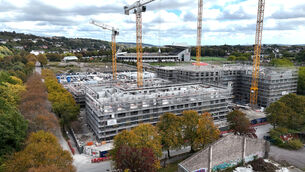



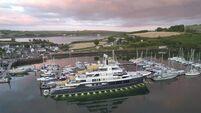
![Johnny_Stephens_Photography-02-425A6831-Edit[1].jpg Restaurant review: The Ivy Asia is an assault on all five senses — I hated it](/cms_media/module_img/9752/4876311_6_teasersmall_Johnny_Stephens_Photography-02-425A6831-Edit_5b1_5d.jpg)
